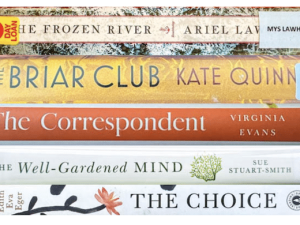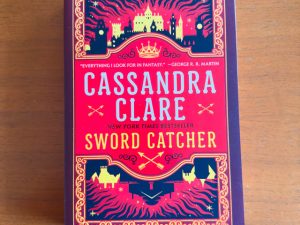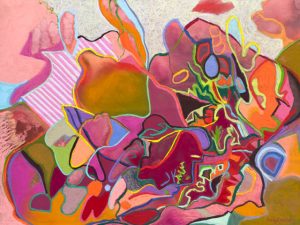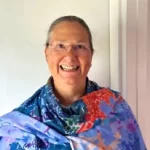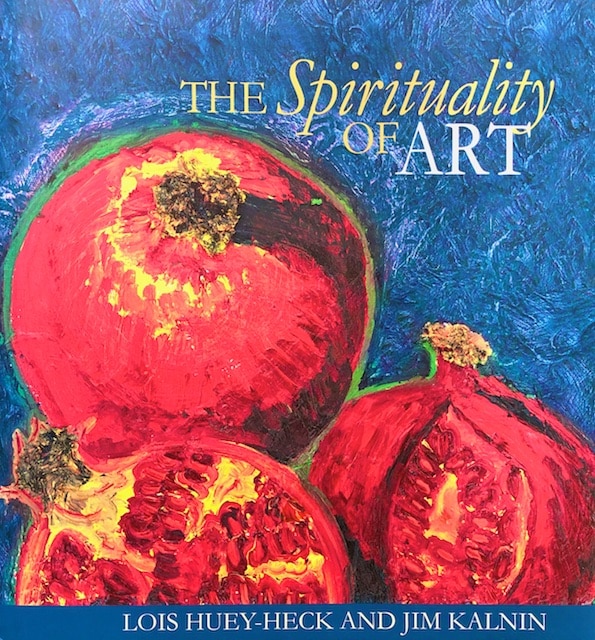
I loved this book and read every word of it. It is filled with color photos of art (some shown below) as well as some wonderful narrative reflections from the authors, who bring two very different spins to the topic. And while I liked this book, and am glad I bought it, my own spin is yet again so different, and not represented here, that it makes me feel there is room for me to write my own version. Still, it was totally interesting to see how others approach this cross section of topics that I’ve spent a lifetime combining and balancing.
Here are my notes–the bits that resonated– with a few more in the photos below:
- “We travel fast, work fast, make fast choices, eat fast– and often give only seconds to looking at a piece of art before assigning, judging, and moving on. Acknowledging the fast pace of our lives today, Donald Grayston says, “Anything that slows us down is spiritual practice.”
- What I want from art is depth, going beyond the superficial. I want art that has the potential to transform both the maker and the viewer.
- Picasso: “If I could have told you what it means, I wouldn’t have needed to paint it.”
- Frederick Nietzsche: “We have art in order not to perish of the truth.”
- “When it comes to spiritual experience, words are woefully inadequate.”
- “Carl Jung used the image of two cones, apexes pointing towards each other, as a way of describing the relationship between spirit and matter. With one cone representing matter and the other spirit, the points of the cones indicate the way spirit and matter ‘meet and don’t meet.'”
- “The symbol of the cross is sometimes understood as indicating a meeting place of spirit (represented by a vertical bar) and matter (the horizontal bar). This makes the cross– a pre-Christian symbol– a fitting image of the divine becoming human and the human becoming divine.”
- “Thin places (like Iona) are where the world of spirit feels close. Boundaries between spirit and matter break down and we are aware of the All.”
- Rumi: “Let the beauty we love be what we do. There are hundreds of ways to kiss the ground.”
- Spiritual installation art: Nancy Chin’s cathedral installations, Tibetian Prayer Flags, Stonehenge (see photos of all three below.)
- “Art functions to fill the void and in doing so it heals us.”
- Art can promote spiritual awareness.
- The physicist David Bohm says that “matter is frozen light.”
- Art searches for the spirit behind the form.
- And artist can be a giver of the scared. Give the sacred!
- Some artists manage a powerful sense of presence in the way they paint.
- “Many artists found it easier to express what lay beyond the material world by eliminating recognizable objects from their work.”
- Clarissa Pinkola Estes: “At its root, art is not about success or failure. It’s a spiritual practice.” (YES!!)
- Madeline L’Engle: “An artist is someone who can never rest as long as there is one suffering creature in the world.”
- “Find the sacred within the rhythms of the natural world.”
- Colors of the liturgical year: epiphany (green), lent (purple), Easter (gold, yellow, and purple), ordinary time (green).
- Howard Thurman: “Don’t ask what the world needs. Ask what makes you come alive, and go do it.Because what the world needs is people who have come alive.”
- Teilhard de Chardin: “Christianity does not ask us to live in the shadow of the cross but in the fire of its creative action.”
- Madeline L’Engle: An artist is a nourisher and a creator who knows that during the act of creation there is a collaboration. We do not create alone.” (YES!!)
Also check out the bits below! If you are interested in the topic of where spirituality and art intersect, until you can read my work on the subject, you might enjoy this one. I give it five stars.
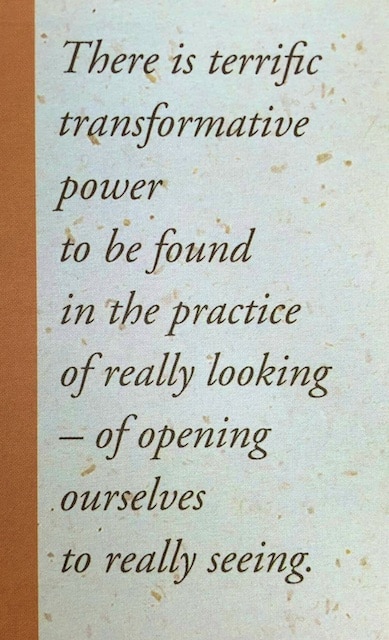

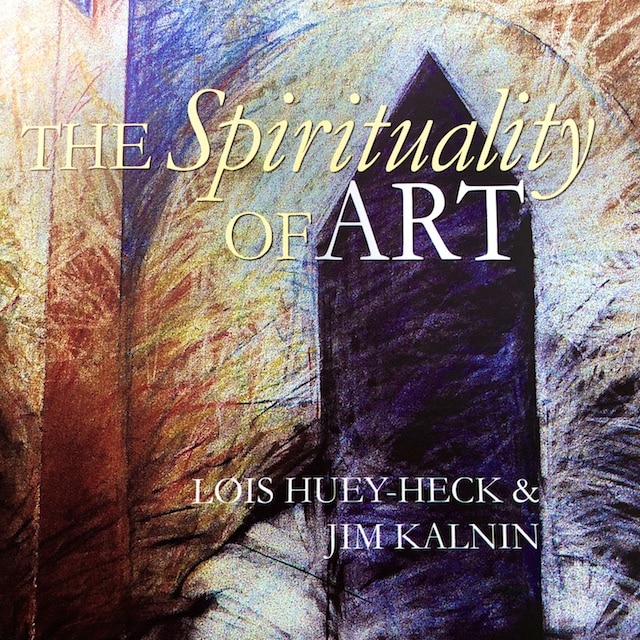
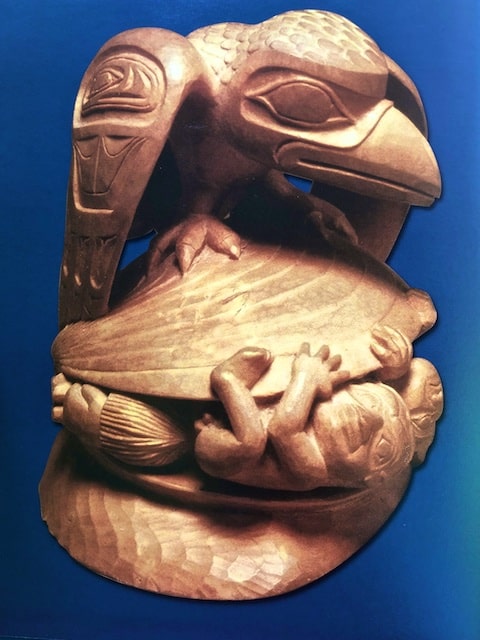

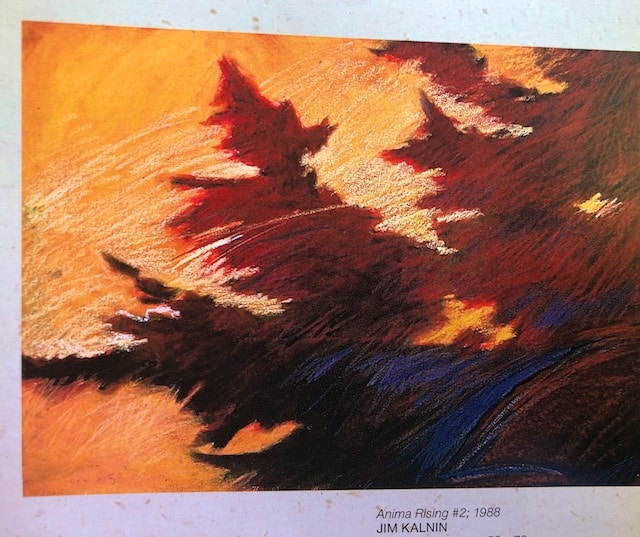
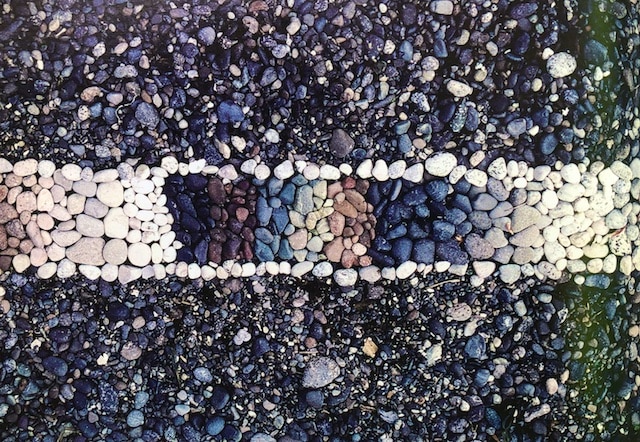

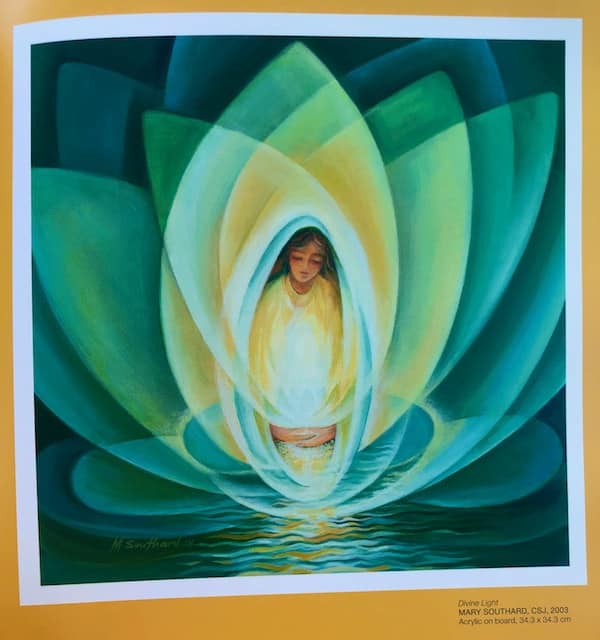
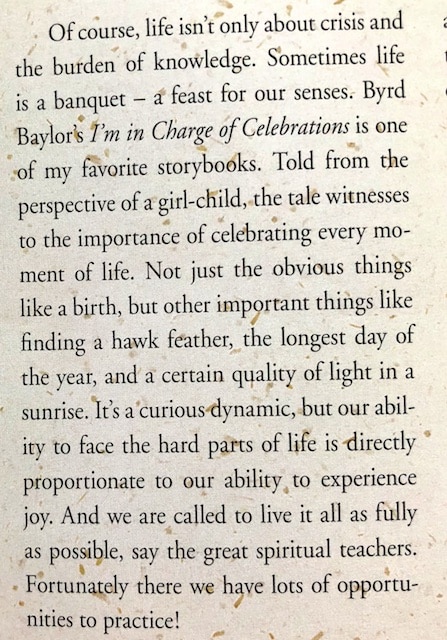


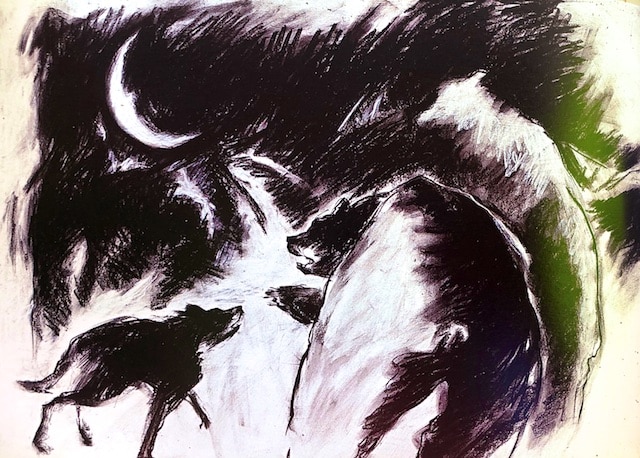
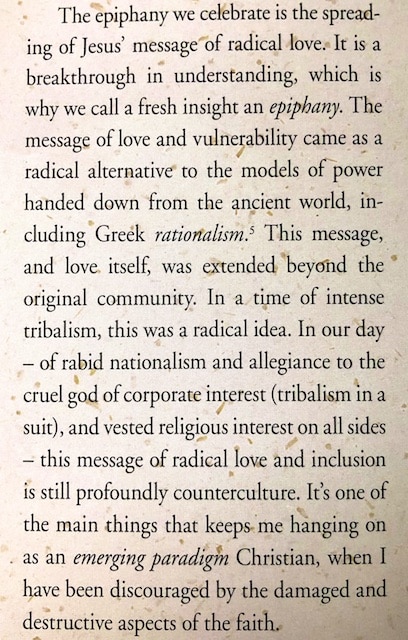
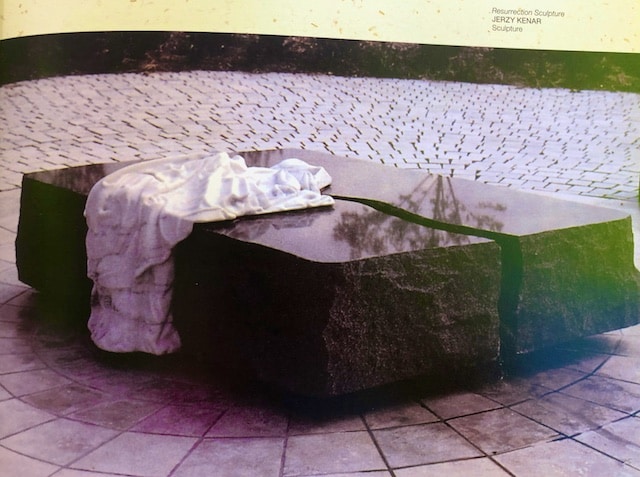


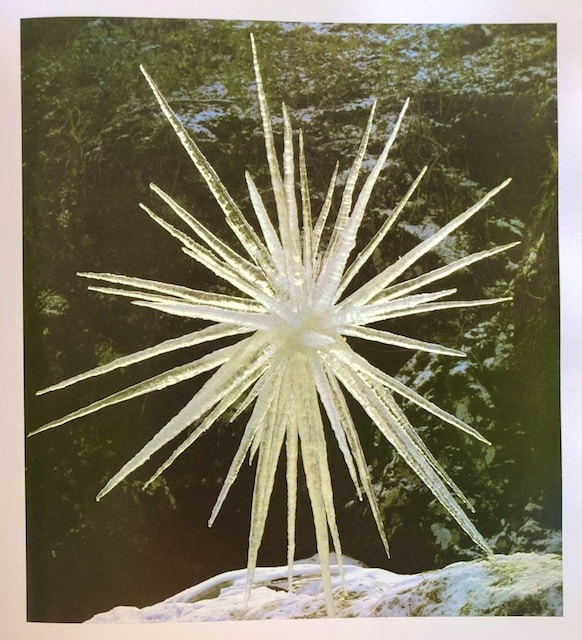
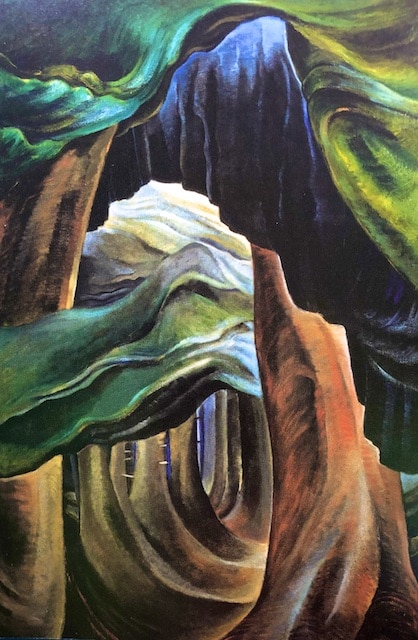
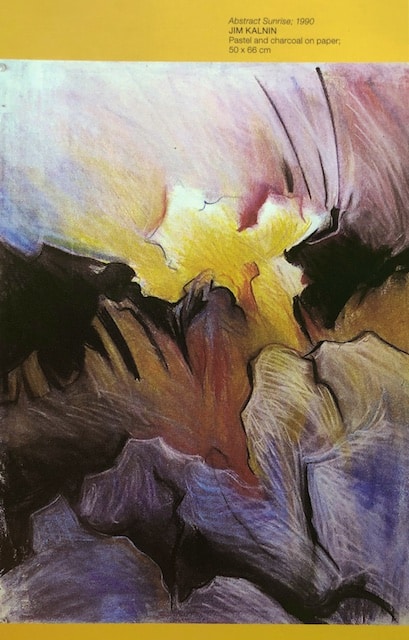
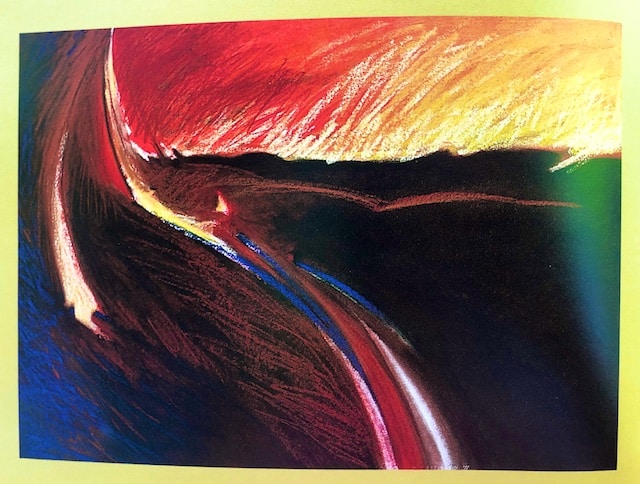
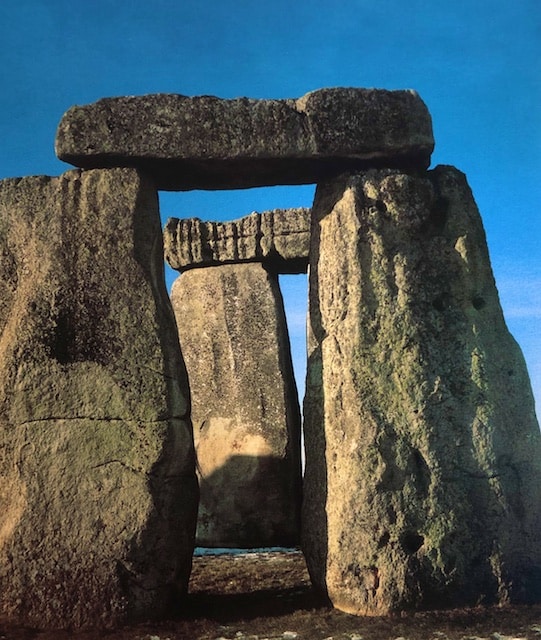

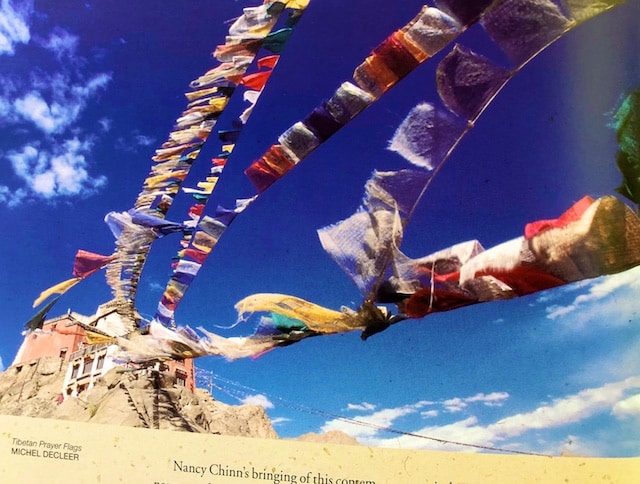
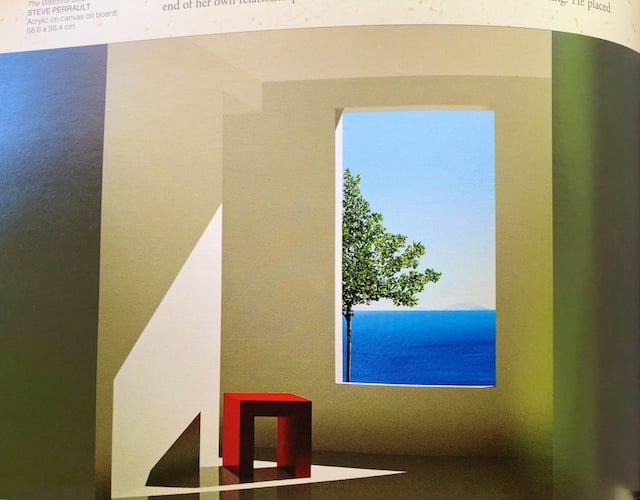
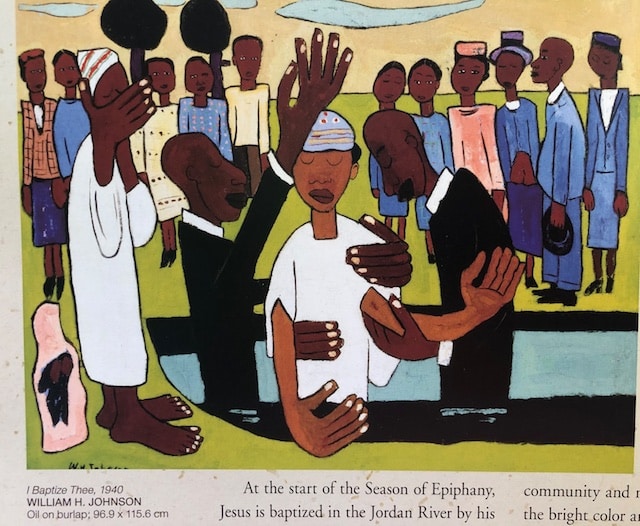
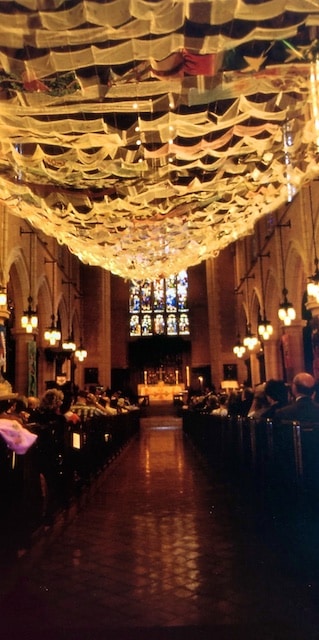

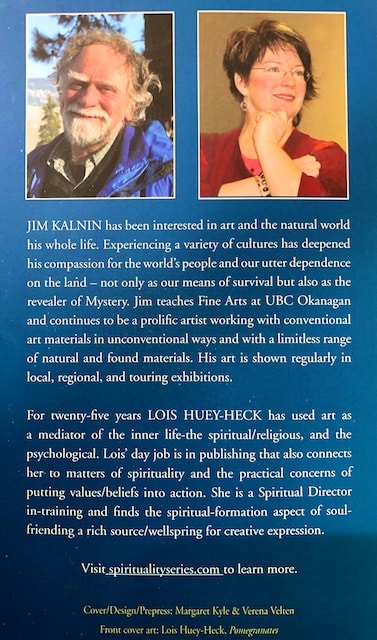

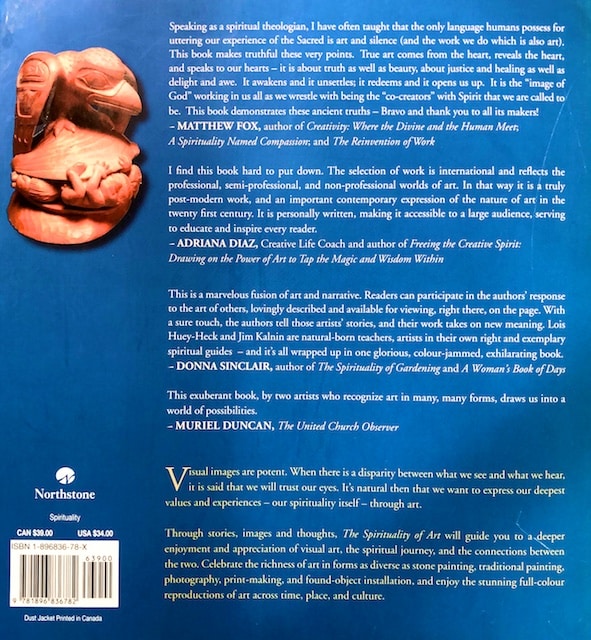
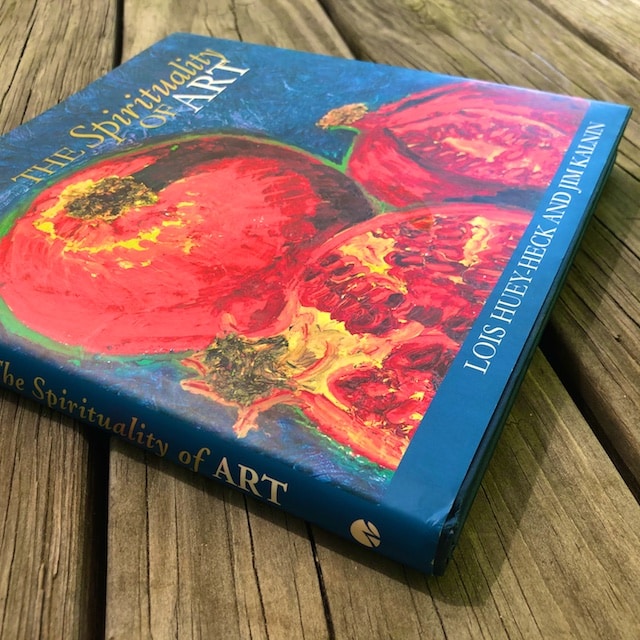
1 Comment
-
I am a big fan of William Johnson’s work which was almost lost.
